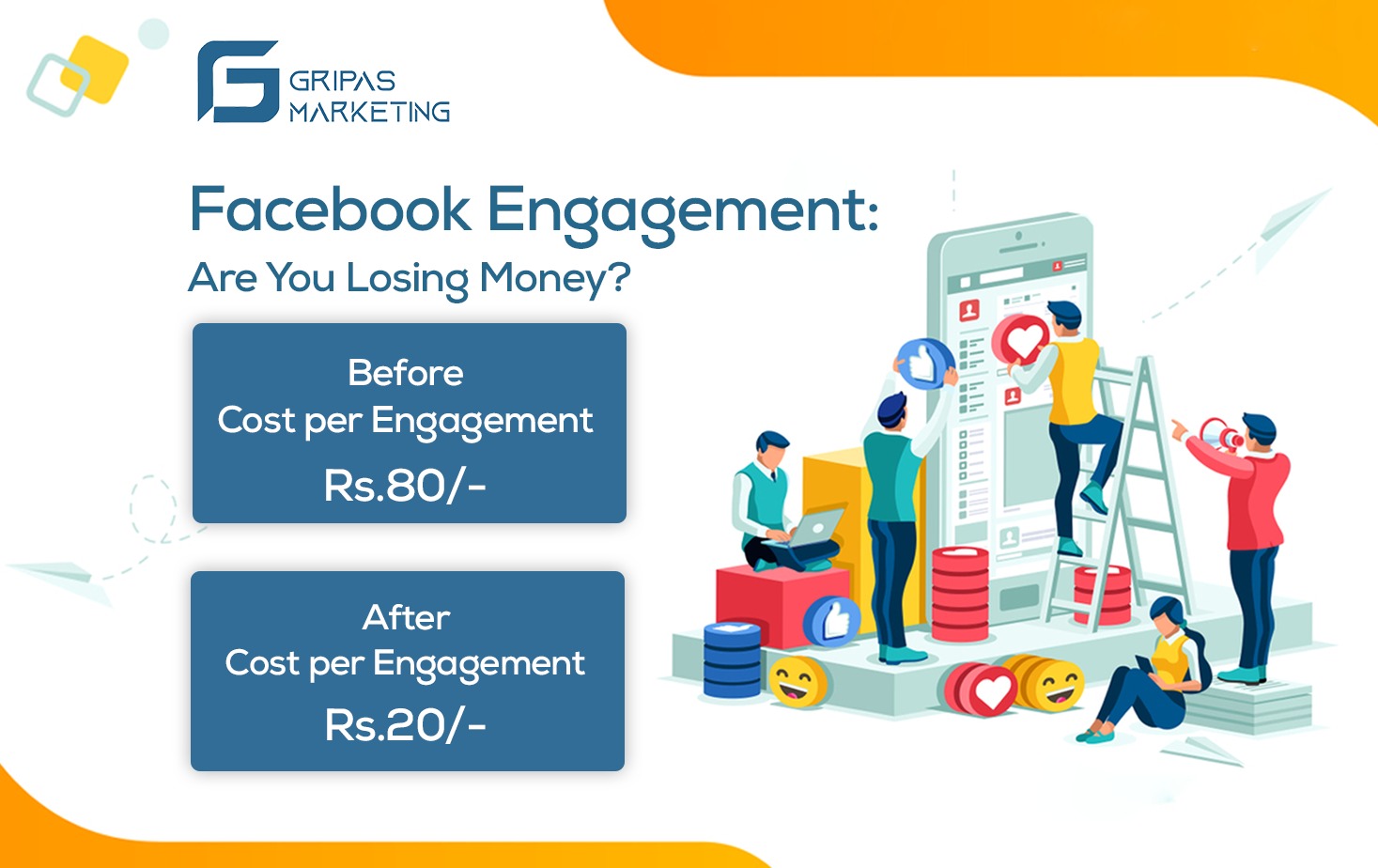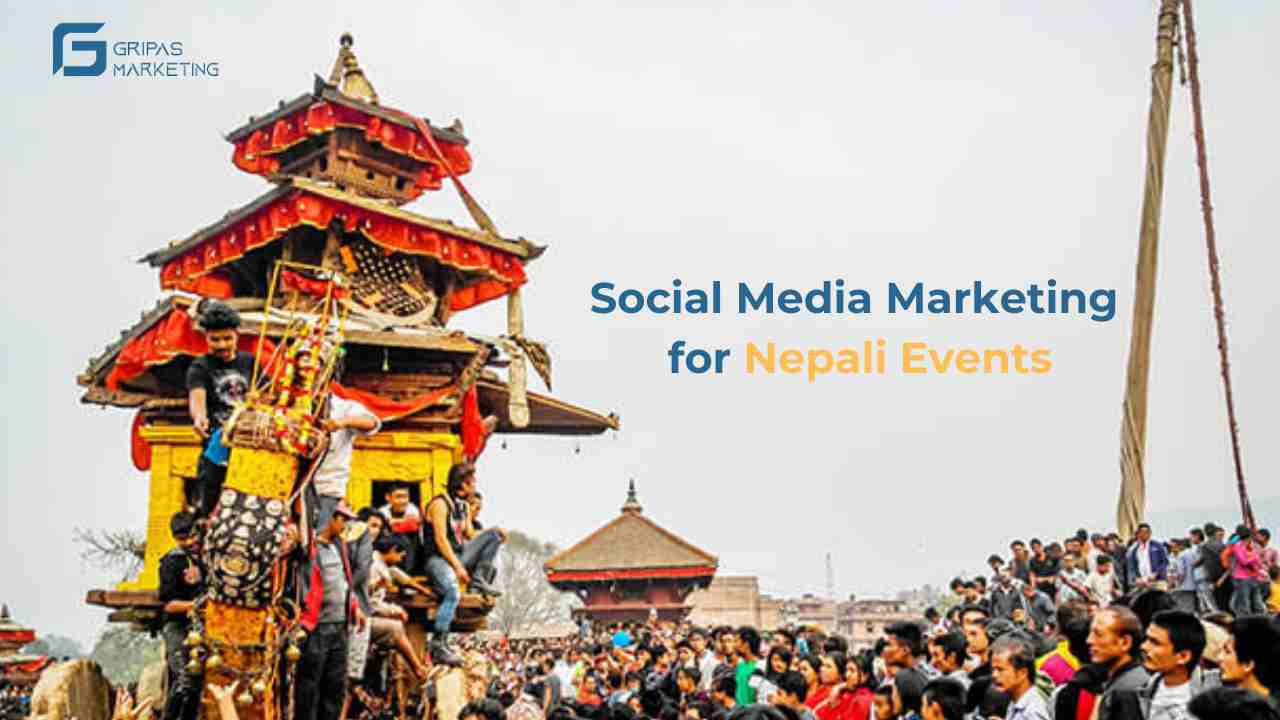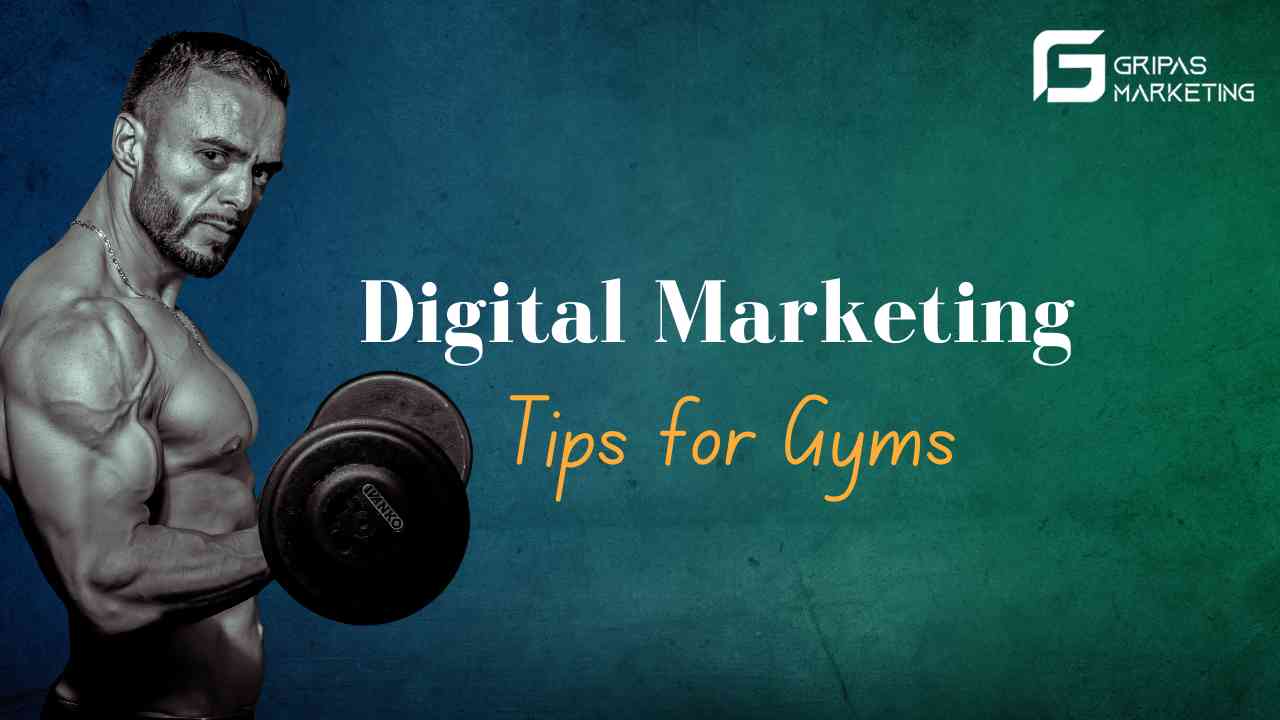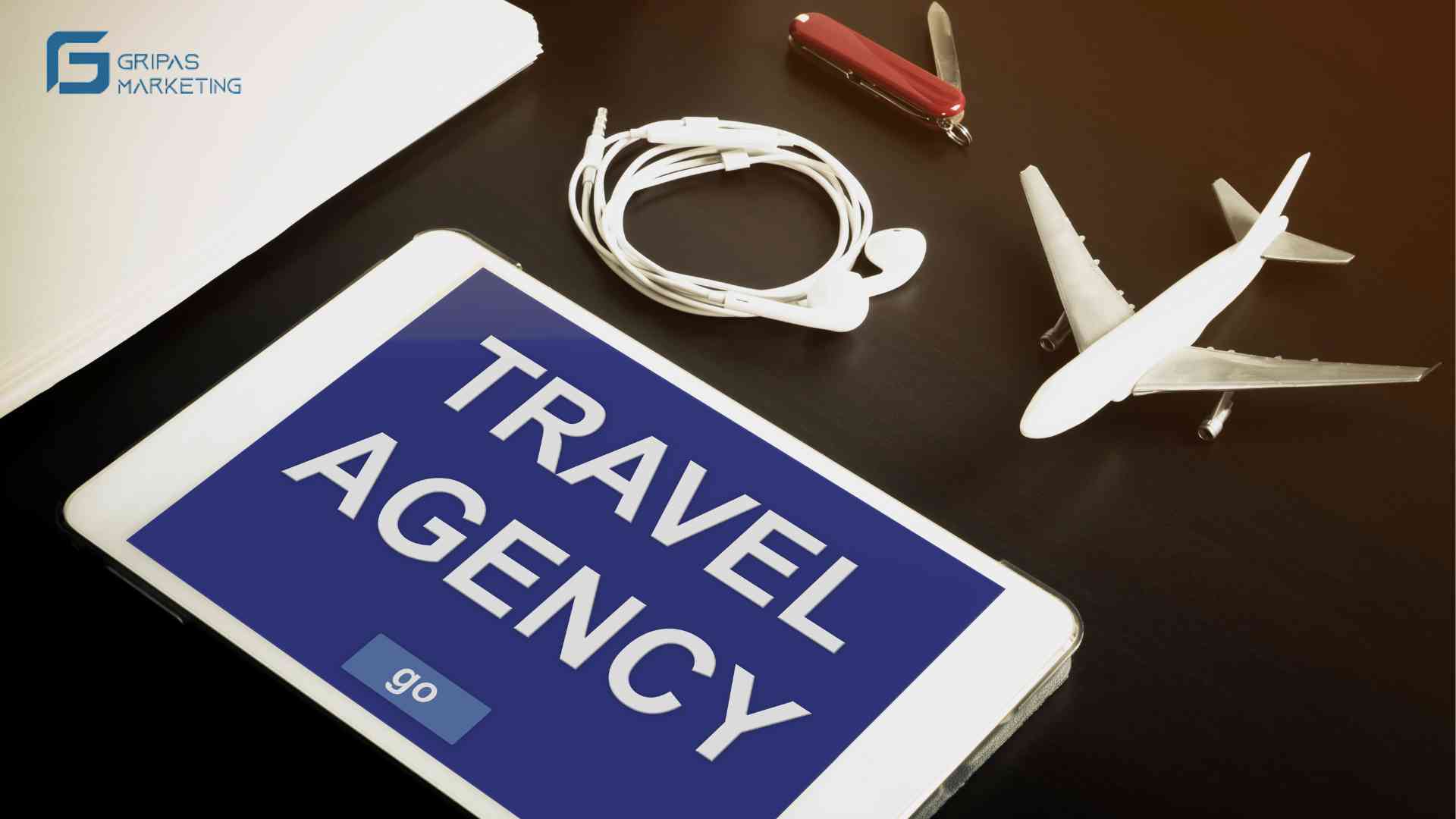Engagement Monster for Facebook
In the world of digital marketing, there’s a powerful tool called “engagement objectives,” and today, we’re going to unravel how they can turbocharge your business. So, what exactly are engagement objectives, why do they matter in the cutthroat business world, and what can you expect from this blog post? Let’s break it down in simple terms.
Imagine you have a favorite restaurant. You don’t just go there to eat; you go because you love the atmosphere, the friendly staff, and the conversations you have with friends and fellow diners. Engagement objectives work similarly but in the digital realm. They’re strategies businesses use to create a friendly, interactive online environment that grabs people’s attention and keeps them coming back for more. It’s like making your customers feel at home in your online space.
#Facebook Engagement: Are You Losing Money?

Why Engagement Matters in Business
In today’s crazy competitive business world, getting noticed is tougher than ever. It’s like being in a bustling marketplace with lots of other sellers, all shouting about their products. But just shouting won’t cut it. You need to make genuine connections with your audience, and that’s where engagement comes into play.
Engagement helps your business in several ways:
Building Relationships: It’s like making new friends who trust you and your brand.
Boosting Visibility: It’s like a spotlight on your business in the crowded online market.
Creating Loyalty: It’s like turning one-time buyers into lifelong customers.
The Roadmap Ahead
Now that we’ve got the basics, here’s what you can expect from this blog post:
Facebook Engagement Unveiled: We’ll dive into Facebook, one of the biggest platforms for engagement. You’ll learn how engagement objectives work specifically on this social giant.
Exciting Post Ideas: We’ll share creative ideas to make your Facebook posts engaging, helping you connect with your audience in meaningful ways.
Measuring Success: You’ll discover how to measure your engagement efforts. Think of it as checking your score to see how well you’re doing.
Budgeting Insights: We’ll talk about the money side of things. How much does engagement cost, and how can you make the most of your budget?
Choosing the Right Path: Sometimes, you’ll need to choose between different objectives, like engagement or traffic. We’ll help you make the right decision for your business.
Understanding Reach vs. Engagement: Lastly, we’ll clarify the difference between two common objectives: reaching more people or engaging deeply with a smaller group.
By the end of this journey, you’ll not only understand why engagement objectives are a big deal but also be ready to use them to make your business shine in the digital world. So, let’s dive in and unlock the potential of engagement for your business!
Facebook Engagement Post Ideas: Making Posts People Love
Creating Facebook posts that people can’t resist engaging with doesn’t have to be complicated. Here are some easy ideas and tips to help you make posts that connect with your audience and get them talking.
1. Share Your Story: People love stories. Tell them how your business started, share anecdotes about your team, or highlight a memorable moment. Stories make your brand more relatable.
2. Use Pictures and Videos: A picture is worth a thousand words, and a video can tell a whole story. Share eye-catching visuals that relate to your message. It’s a quick way to grab attention.
3. Ask Questions: Get people involved by asking questions. It could be as simple as “What’s your favorite weekend activity?” When they answer, it starts a conversation.
4. Create Polls: Polls are like quick surveys. You can ask things like “Do you prefer coffee or tea?” It’s an easy way to engage your audience and see what they like.
5. Share Tips and How-Tos: Offer helpful advice. For example, if you sell cooking supplies, share a quick cooking tip. It shows you know your stuff and helps your audience.
6. Highlight Customer Stories: If a customer had a great experience with your product or service, ask if you can share their story. This builds trust and shows you have happy customers.
7. Behind-the-Scenes Peeks: Show what happens behind the scenes at your business. It’s like giving them a backstage pass. People like to see the “real” side of a brand.
8. Celebrate Holidays and Events: Join in on holiday celebrations or special events. Wish your audience a Happy New Year or acknowledge important days like Earth Day.
9. Use Memes and GIFs: These are fun and relatable. Use them when they fit your message or to add humor to your posts.
10. Respond to Comments: When people comment on your posts, reply to them. It’s a simple way to keep the conversation going and show you care about what they say.
Tips for Success:
Keep your posts short and easy to understand.
Use colorful and eye-catching images.
Post regularly but don’t overdo it. Quality matters more than quantity.
Know your audience’s interests and tailor your content to them.
Be authentic. Show the personality of your brand.
Use Facebook Insights to see which posts get the most engagement, and learn from them.
Engagement is about making a connection. If your posts are interesting, relatable, and encourage people to join the conversation, you’re on the right track. So, get creative, start posting, and watch your Facebook engagement soar!
Measuring Facebook Engagement: See How Your Posts Perform
Measuring engagement on Facebook is like checking how well your posts are doing. It helps you understand if people like what you’re sharing and how much they’re interacting with it. Here’s how you can do it:
1. Likes: When someone clicks the “Like” button on your post, it means they appreciate it. More likes usually mean people enjoy your content.
2. Comments: Comments show that people want to talk about what you’ve posted. They might ask questions or share their thoughts.
3. Shares: Shares are like virtual high-fives. When someone shares your post, it reaches a new audience, and that’s a big win.
4. Clicks: Clicks show that people are interested in your post. They might click on links or images to learn more about what you’re talking about.
5. Engagement Rate: This is like a scorecard for your posts. It adds up all the likes, comments, and shares and divides that by how many people saw your post. A higher engagement rate means your post is doing well.
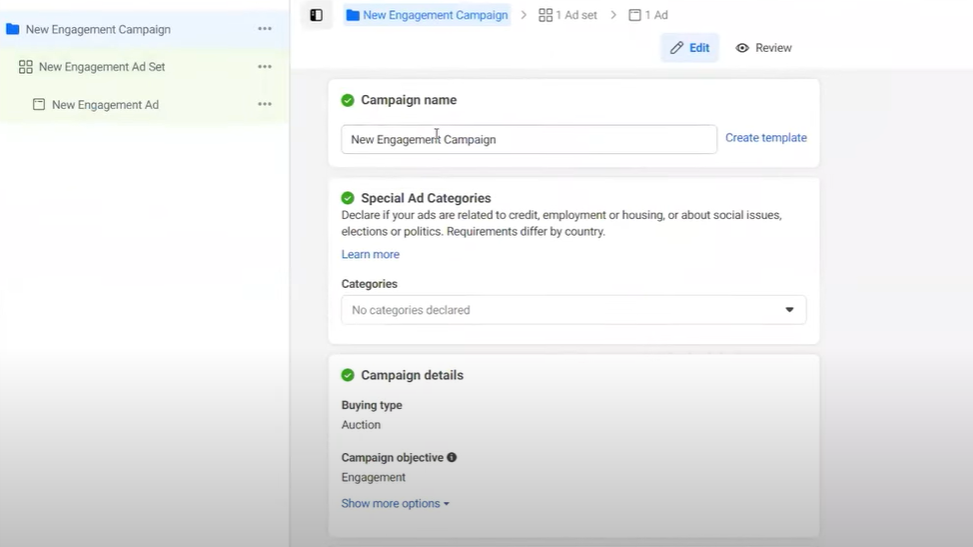
To calculate the engagement rate:
Add up all the likes, comments, and shares on your post.
Divide that number by how many people saw the post (this number is usually shown in your post’s insights).
Multiply the result by 100 to get the percentage.
The Facebook Engagement Rate Calculator: This is a tool that does the math for you. You plug in the numbers, and it tells you the engagement rate. It’s like having a handy helper.
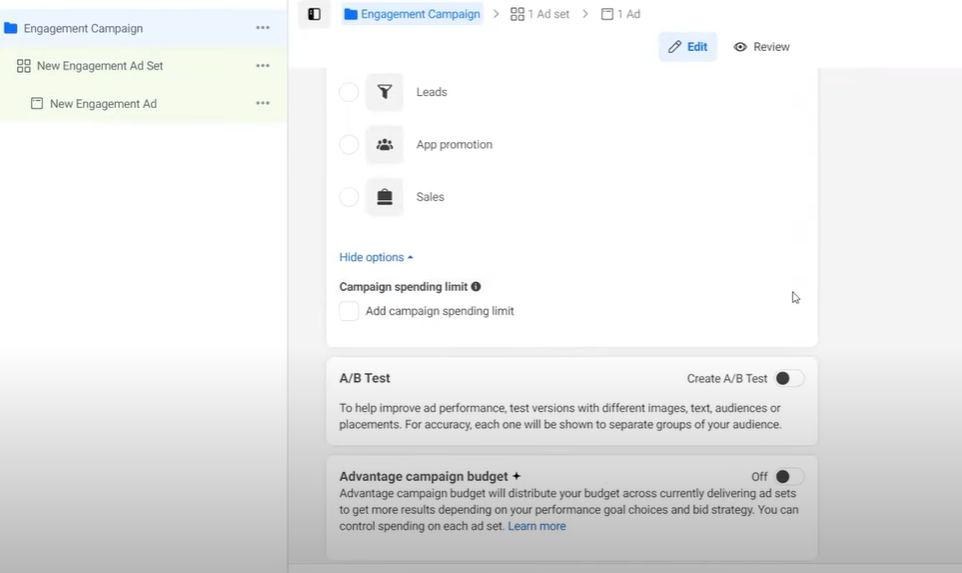
“Getting high engagement from Facebook engagement ads on a low budget requires a strategic approach. Here are some tips to help you maximize engagement without breaking the bank“:
Know Your Audience: Understand your target audience’s preferences, interests, and pain points. Tailor your content to resonate with them.
Compelling Visuals: Use eye-catching images or videos that grab users’ attention in the newsfeed. Make sure they are relevant to your message.
Clear and Concise Messaging: Craft concise and compelling ad copy. Clearly communicate the value or benefit you’re offering.
A/B Testing: Experiment with different ad creatives, headlines, and ad copy. Facebook’s split testing feature can help you identify what works best.
Engage with Comments: Respond promptly to comments and messages on your ads. Engagement with your audience helps build a community and encourages more interaction.
Use Facebook Insights: Analyze the data in Facebook Insights to understand when your audience is most active. Schedule your ads to run during those peak times for better engagement.
Run Contests and Giveaways: People love freebies. Running contests or giveaways can significantly boost engagement. Just ensure that the rules comply with Facebook’s guidelines.
User-Generated Content: Encourage users to create content related to your product or service. This not only boosts engagement but also builds trust.
Boost High-Performing Posts: If you have a limited budget, focus on boosting your best-performing posts. This can provide more bang for your buck.
Create Interactive Content: Use interactive formats like polls, quizzes, and surveys to engage your audience. They’re fun and encourage participation.
Localize Your Ads: If applicable, target specific geographic locations. Localized ads often generate more engagement because they feel more relevant.
Retargeting: Use Facebook’s retargeting feature to show ads to people who have already interacted with your brand. They are more likely to engage again.
Budget Allocation: Allocate your budget wisely. Start small and gradually increase it as you see positive results. Monitor your campaigns regularly and adjust as needed.
Leverage Influencers: Collaborate with influencers in your niche to promote your content. Influencers can help you reach a wider, engaged audience.
Optimize Landing Pages: Ensure that the landing pages your ads direct users to are user-friendly, load quickly, and are mobile-responsive. A seamless user experience encourages engagement.
Use Emojis and Hashtags: Emojis and relevant hashtags can make your content more visually appealing and discoverable.
Test Different Formats: Try different ad formats, such as carousel ads, slideshow ads, or instant experiences, to see which one resonates best with your audience.
Consistency: Maintain a consistent posting schedule to keep your audience engaged over time.
Remember that engagement on Facebook is not just about likes and comments. Shares, clicks, and time spent on your content are equally valuable. Regularly analyze your ad performance data and adjust your strategy based on what works best for your specific audience and goals.
Why Does It Matter?
Your engagement rate helps you see which posts are popular and which ones need improvement. When your rate goes up, it means your audience is connecting with your content. When it goes down, it’s a signal to try something different.
Remember, the goal is to create content that your audience loves and wants to interact with. So, keep an eye on those likes, comments, shares, and clicks, and use the engagement rate to see the bigger picture. It’s like having a report card for your Facebook posts, and the higher the grade, the better your posts are doing!
Benefits of Using Engagement Objectives on Facebook: Making Your Business Shine
Choosing engagement objectives on Facebook can be a smart move for your business. Here’s why it’s a good idea:
1. Connecting with Your Audience:
When you focus on engagement, you’re not just shouting about your products; you’re having a conversation with your customers. It’s like making new friends online. This connection builds trust and loyalty.
2. Building Brand Loyalty:
Engagement isn’t just about getting likes and comments; it’s about building a loyal fan base. When people engage with your content, it’s like they’re saying, “I like what you do.” And that can turn them into long-term customers.
3. Stronger Customer Relationships:
Think of engagement as a way to get to know your customers better. When they comment or share, you get insights into their likes and dislikes. This helps you tailor your products or services to their needs.
4. Boosting Visibility:
Facebook loves engagement. When people interact with your content, Facebook shows it to more people. It’s like a chain reaction. The more engaging your content, the more it appears in people’s feeds. This means you can reach a larger audience without spending extra money.
5. Going Viral:
Sometimes, when your content is super engaging, it can go viral. This means lots of people start sharing it like wildfire. It’s like a free advertising campaign that spreads on its own.
6. Trustworthy Recommendations:
When your audience engages with your posts, it’s like they’re recommending your business to their friends. This word-of-mouth marketing is incredibly powerful.
7. Increased Interaction:
Engagement objectives encourage people to take action, like clicking, sharing, or commenting. These actions lead to more interaction with your brand. It’s like having a dynamic conversation.
8. Staying Top of Mind:
When people engage with your content, they see more of it in their feed. This helps you stay on their radar. It’s like a friendly reminder that your brand exists.
In simple terms, focusing on engagement objectives is like building a loyal fan club for your business. It helps you connect with your audience, build trust, and get your message out to more people. Plus, it can lead to organic growth, where your content spreads without you having to pay for ads. So, if you want to make your business shine on Facebook, consider making engagement a top priority.
Cost Considerations and Budgeting
When it comes to running Facebook ad campaigns with engagement objectives, understanding the cost options and budgeting effectively is crucial. Let’s break it down.
Cost Options for Engagement Objectives on Facebook
Cost Per Click (CPC): With CPC, you pay each time someone clicks on your ad. It’s a good option if your goal is to drive traffic to your website or encourage specific actions.
Cost Per Mille (CPM): CPM charges you per thousand impressions (views) of your ad, regardless of clicks. This can be cost-effective for increasing brand visibility.
Cost Per Engagement (CPE): CPE focuses on charging you for each engagement, like a like, comment, share, or click. It’s the go-to option for campaigns aimed at boosting interaction.
Budgeting Strategies
Set Clear Objectives:
Define your campaign goals and what you want to achieve with engagement. This will help you allocate your budget effectively.
Start Small:
If you’re new to engagement campaigns, begin with a modest budget to test what works. Once you have data on what’s effective, you can scale up.
Daily or Lifetime Budget:
Facebook allows you to set a daily or lifetime budget. A daily budget caps your spending per day, while a lifetime budget sets a total limit for the campaign’s duration.
A/B Testing:
Try running multiple ads with varying content and budgets simultaneously. This allows you to identify which combinations perform best and allocate your budget accordingly.
Optimizing Ad Spend for Maximum Engagement
Monitor and Adjust:
Keep a close eye on your campaign’s performance. Facebook provides insights on which ads are getting the most engagement. Adjust your budget to prioritize the most successful ones.
Audience Targeting:
Refine your audience targeting to reach people who are most likely to engage with your content. Facebook offers a wide range of targeting options based on demographics, interests, and behaviors.
Ad Creative:
Experiment with different ad creatives, including visuals and ad copy. Sometimes a small change can significantly impact engagement.
Use of Ad Scheduling:
If certain times of the day or week tend to yield better engagement, consider scheduling your ads accordingly.
Quality Over Quantity:
Focus on creating high-quality, engaging content rather than flooding your audience with ads. Quality content tends to perform better and can save on ad spend.
In essence, effective budgeting for engagement objectives on Facebook involves aligning your goals, starting conservatively, and continuously optimizing based on data and insights. By monitoring performance and making informed adjustments, you can make the most of your budget and maximize engagement with your target audience.
Choosing Between Engagement and Traffic Objectives on Facebook
When deciding between engagement and traffic objectives for your Facebook ads, it’s important to understand the differences and choose the right one for your goals.
Engagement Objectives:
Best for Building Relationships: If your main aim is to connect with your audience, build trust, and create a loyal following, engagement objectives are your go-to. They encourage likes, comments, shares, and clicks on your posts, fostering interactions and discussions.
Great for Brand Awareness: If you want to get your brand out there and make people more aware of who you are and what you do, engagement objectives can help. More interaction often means more visibility.
Traffic Objectives:
Ideal for Website Visits: If your primary goal is to drive people to your website, blog, or a specific landing page, traffic objectives are the way to go. They focus on getting people to click and visit your site.
Useful for Sales and Conversions: If you’re looking to turn visitors into customers, traffic objectives are often better. They send people directly to your online store or product pages.
Choosing the Right Objective:
Start with Your Goal: Ask yourself, “What am I trying to achieve?” If it’s building relationships and visibility, go for engagement. If it’s website visits or conversions, opt for traffic.
Know Your Audience: Consider what your audience is more likely to respond to. Are they more interested in interactive content, or are they more action-oriented?
Budget and Resources: Assess your budget and resources. Engagement campaigns may require ongoing content creation and management, while traffic campaigns need a well-designed landing page.
Test and Learn: Don’t be afraid to experiment. Run small campaigns with both objectives and analyze the results. This will help you determine which works better for your specific business.
In the end, the right choice depends on your unique goals and audience. Remember, there’s no one-size-fits-all solution. So, pick the objective that aligns best with what you want to achieve, and watch your Facebook ads work their magic!
Facebook Reach vs. Engagement Objectives: Understanding the Difference
Facebook reach and engagement objectives serve different purposes:
Reach Objectives: These aim to get your content in front of as many people as possible. It measures how many unique users see your ad or post. Reach objectives are ideal for spreading brand awareness, promotions, or important announcements.
Engagement Objectives: These focus on encouraging users to actively interact with your content, such as likes, comments, shares, and clicks. Engagement objectives are best for building relationships, fostering discussions, and deepening connections with your audience.
When to Choose Reach Objectives:
New Product Launch: If you’re introducing a new product or service and want to ensure a wide audience sees it.
Event Promotion: When you’re trying to get the word out about an event, like a webinar, conference, or store opening.
Limited-Time Offers: For promotions that have a short window of opportunity and need broad exposure.
When to Choose Engagement Objectives:
Community Building: If your goal is to cultivate a loyal fan base, engage in conversations, and build relationships.
Feedback and Insights: When you want to gather opinions, feedback, or insights from your audience through comments and discussions.
Content Interaction: For content marketing, storytelling, or educational content that benefits from likes, shares, and comments.
Ultimately, the choice between reach and engagement objectives depends on your specific goals. If you want to cast a wide net and increase visibility, reach objectives are suitable. If you aim to create meaningful connections and interactions, engagement objectives are the way to go.
Conclusion: Making Engagement Objectives Work for Your Business on Facebook
In this blog post, Engagement objectives on Facebook are like magic spells that help businesses connect with their audience. They foster interactions, build trust, and boost visibility in the bustling online marketplace.
The benefits are clear: engagement leads to stronger customer relationships, brand loyalty, and increased organic reach. It’s like creating a loyal fan club that spreads the word about your business for you.
So, if you want your business to shine on Facebook, don’t overlook the power of engagement. Use it to create engaging posts, measure success through likes and comments, and budget wisely. Whether you’re a small boutique or a big brand, engagement objectives are your secret weapon in the digital marketing world. Embrace them, connect with your audience, and watch your business flourish!
